The new Polaroid Flip unfolds to bring you pin-sharp instant photography
Polaroid announces the Flip, an instant camera that blends its evergreen film technology with better results and more control
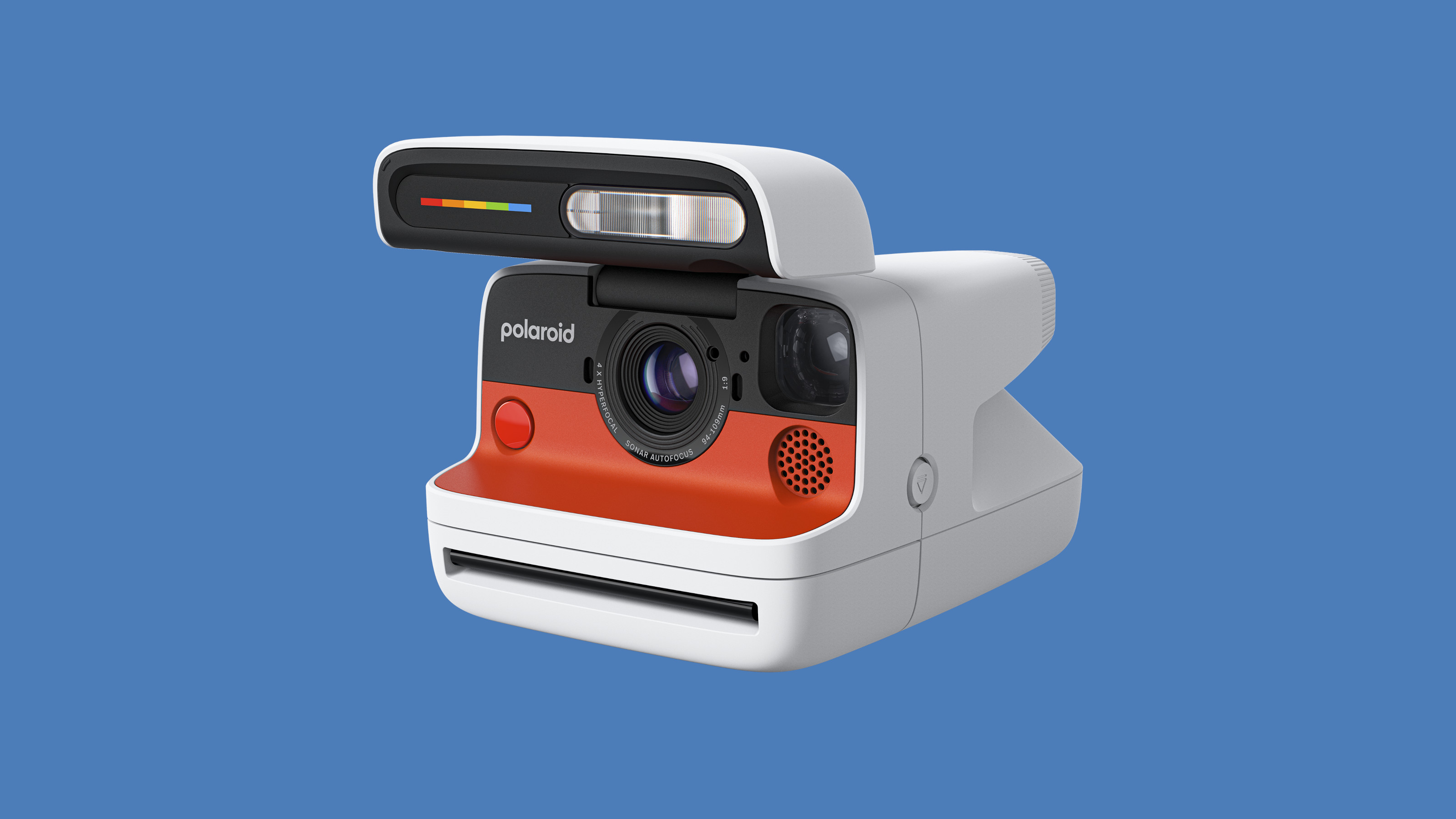
Despite the apparently extremely restrictive nature of its technology, Polaroid continues to innovate. The company’s newest product is this, the Polaroid Flip, designed to meld the format’s uniqueness with a more consistent quality of images. As Nick Woodley, director of Product Design at Polaroid, notes, ‘we’re trying to get a predictable point-and-shoot output from our cameras’.

Polaroid Flip, front view
The new camera is a step up from the ultra-compact Polaroid Go and 2023’s Polaroid I-2, the first Polaroid camera with manual controls. It’s also a testament to the company’s survival in the modern era after weathering more than its fair share of ups and downs over the past eighty years of history.

Polaroid Flip, rear view
The key to taking a great Polaroid is getting enough light into the lens. The new Flip moves the flash component into folding panel that not also protects the lens, viewfinder and shutter button when closed. It builds on the design of the original folding Polaroid, the 1981 Polaroid Sun 660, which was subsequently upgraded to the Polaroid One Step Flash in 1989.
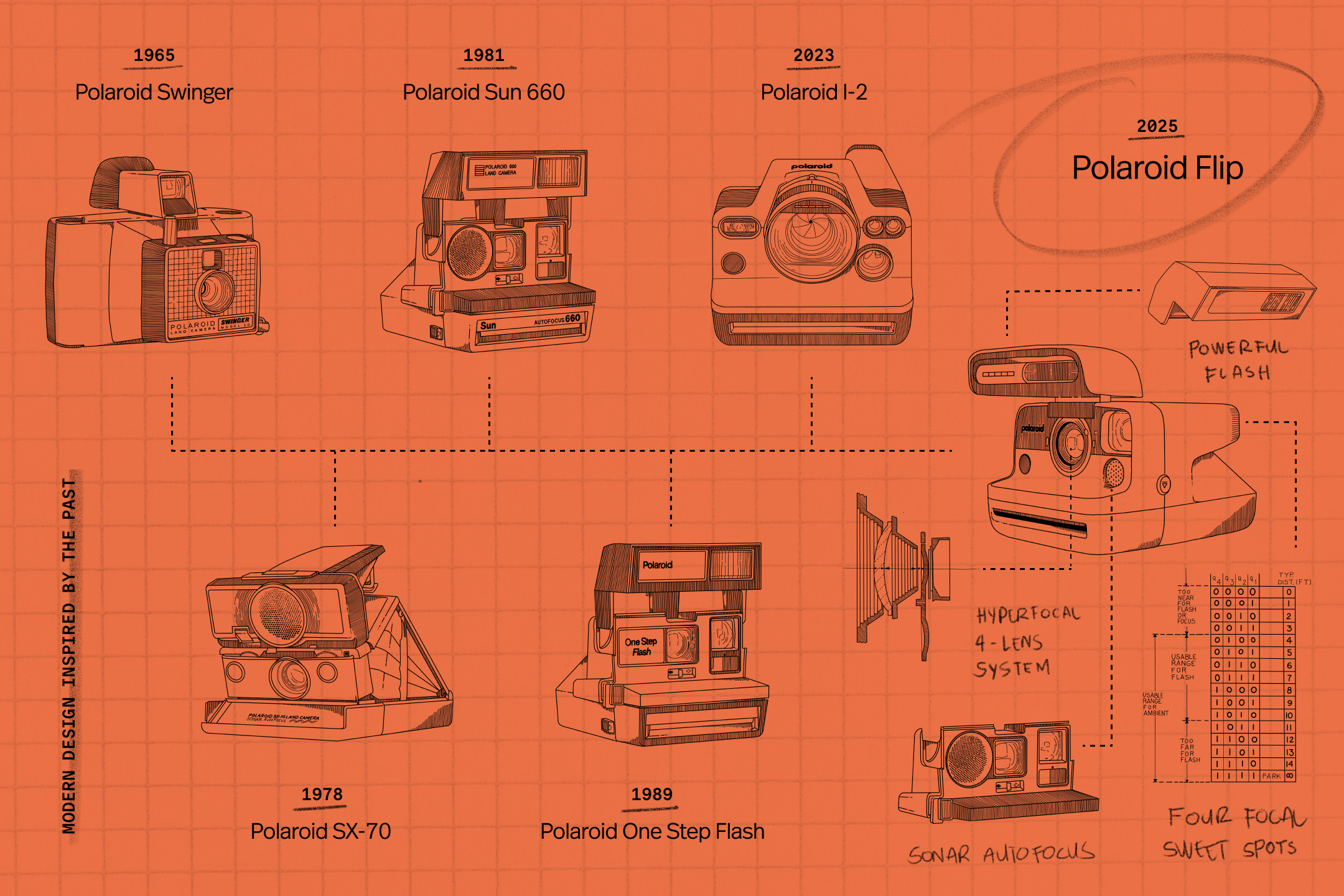
A timeline of cameras that inspired the Polaroid Flip
The Polaroid process still contains a bit of magic. Upon loading a cartridge and pressing the shutter, rollers advance the blank photograph out of the front of the camera. As they do so, they squeeze a little pouch of chemicals uniformly across the surface of the photograph. This ‘fixes’ the exposure and kickstarts the reaction that develops the photograph as it comes into contact with the light.
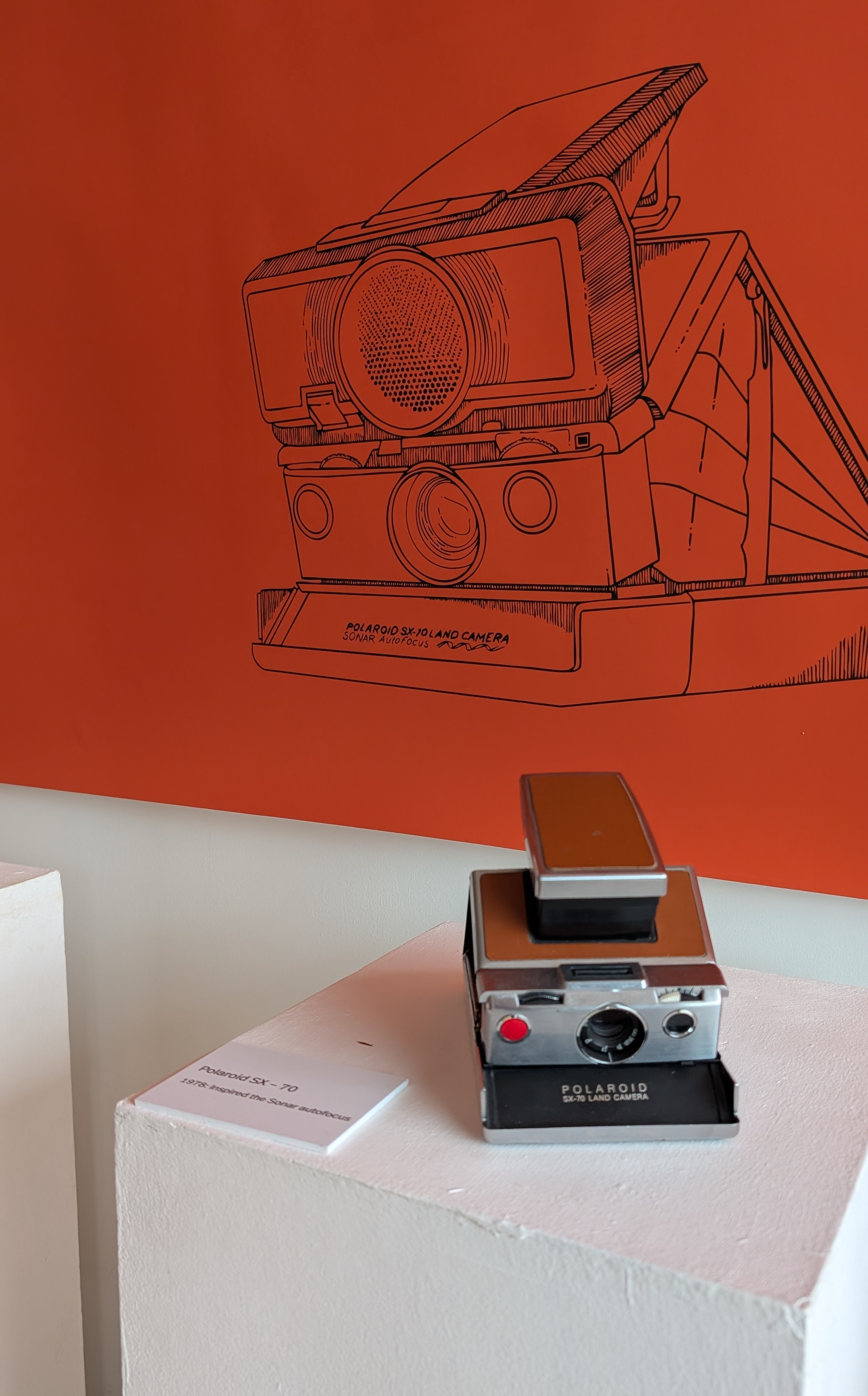
The original Polaroid SX-70, 1972
Founded by Edwin Land in 1937, the company ushered in the instant photography era with the Model 95 Polaroid Land Camera of 1948. The process as we know it today dates back to the 1972 Polaroid SX-70, which debuted the idea of an integrated film pack, a compact developing lab contained within a rectangular slab of plastic.
Polaroid found fame in the worlds of art and fashion, but also as a practical documentary tool, with a distinct aesthetic created by the format and framing going on to influence Instagram and a whole new era of photographic sharing. And yet digital was also the company’s downfall, as the demand for physical, analogue instant photography evaporated.

A view of the office of Polaroid's director of Product Design, Nick Woodley
Now Polaroid is a niche, but a popular one. Production of the distinctive Polaroid film was saved by the skin of its teeth when The Impossible Project – a group of enthusiasts and investors – bought the last surviving factory in the Netherlands. Today, that company now owns the Polaroid name once more and is 100 per cent behind its renaissance.
Wallpaper* Newsletter
Receive our daily digest of inspiration, escapism and design stories from around the world direct to your inbox.
The burgeoning analogue revival – also a niche pursuit – has certainly helped, and Polaroid is keen to be seen bracketed alongside other indicators of analogue authenticity and charm, like the vinyl record or audio cassette.

Polaroid cameras, old and new
That’s not to say that the new Polaroid Flip skimps on technology. Although the developing process is 100 per cent analogue and the end result is necessarily unique, there’s an associated app to facilitate sharing (after scanning the photograph with your smartphone), as well as over-the-air updates.
The camera system itself uses a hyperfocal four-lens system and sonar autofocus, as well as packing the most powerful flash the company has ever used into the folding ‘flip’. The latter also incorporates a simple display (‘just to upset our engineers’, according to Woodley) and the fold mechanism uses a laptop hinge for reliability.
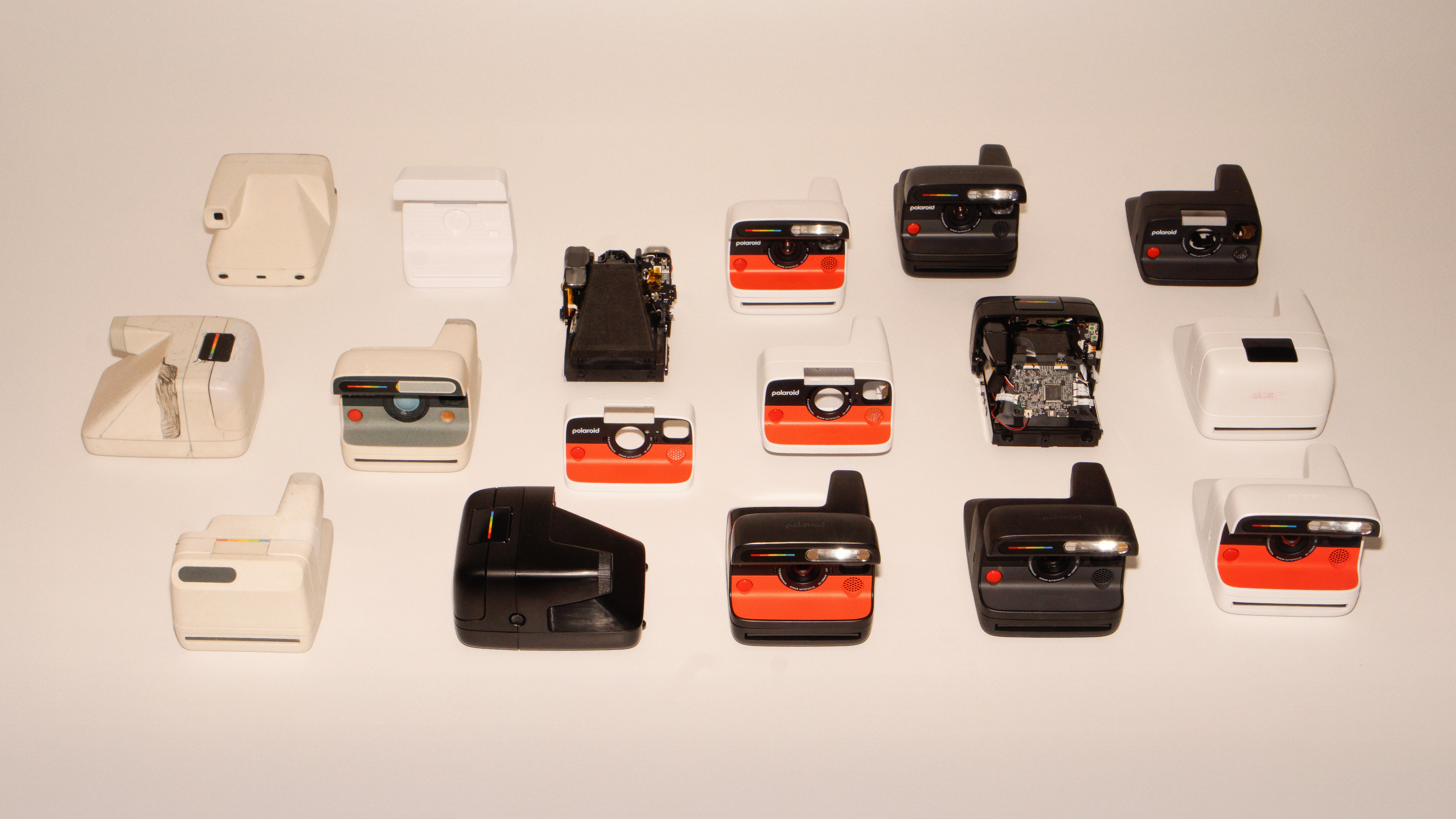
The evolution of the Polaroid Flip
‘We intentionally developed the Flip to have character in order to add an emotional bond,’ says Woodley, noting that it’s a move away from the ‘cold, minimalist digital world’. The Flip is unmistakably a Polaroid, with a large form factor, smooth, pebble-like surfaces and that big red shutter button. The four lenses are mounted on a rotating disc and automatically select depending on the distance to the subject, aided by the sonar-powered autofocus. In the viewfinder, you’ll also find the ‘scene analysis’ light that warns against over- or under-exposure.
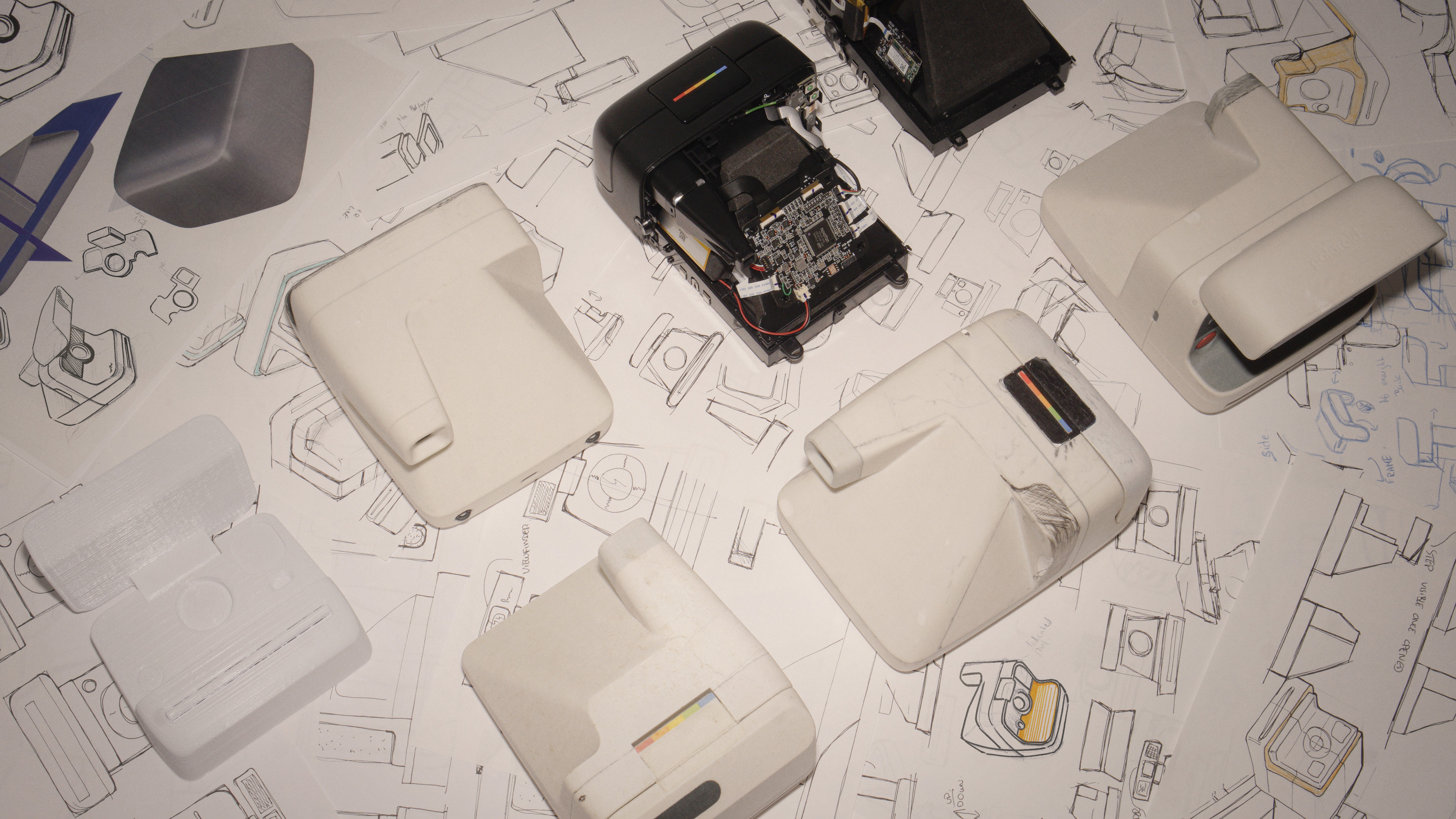
The evolution of the Polaroid Flip
‘We want this to be a go-to analogue camera for people,’ says Polaroid’s Graham Merrifield, senior technical product manager. Push the shutter and the film spits out, generating results that are instantly recognisable, reassuringly familiar and all the more precious for being unique, a one of one.
Each Polaroid i-Type and 600 film pack contains eight pictures – ‘that will connect to life far more than 800 digital ones’, according to the company. The app offers a self-timer as well as manual control and a double exposure setting, with charging done over USB-C.

Polaroid cameras old and new
Polaroid will always have its adherents – the format is too delightful to be lost to the digital realm. Land’s original vision was revolutionary but also somewhat deviant in a way – what reasons might someone not want a consumer film lab to develop their images? Alongside the success of the instant cameras, the company also produced a rich diversity of esoteric ideas, including the Polavision instant movie camera in 1977. Containing just three minutes of film, it couldn’t compete with the emerging video cassette-based movie cameras and lasted only two years, effectively taking Edwin Land’s career down with it. Other delightful niches include the Polaroid radio, which was powered by the onboard batteries in discarded film packs.
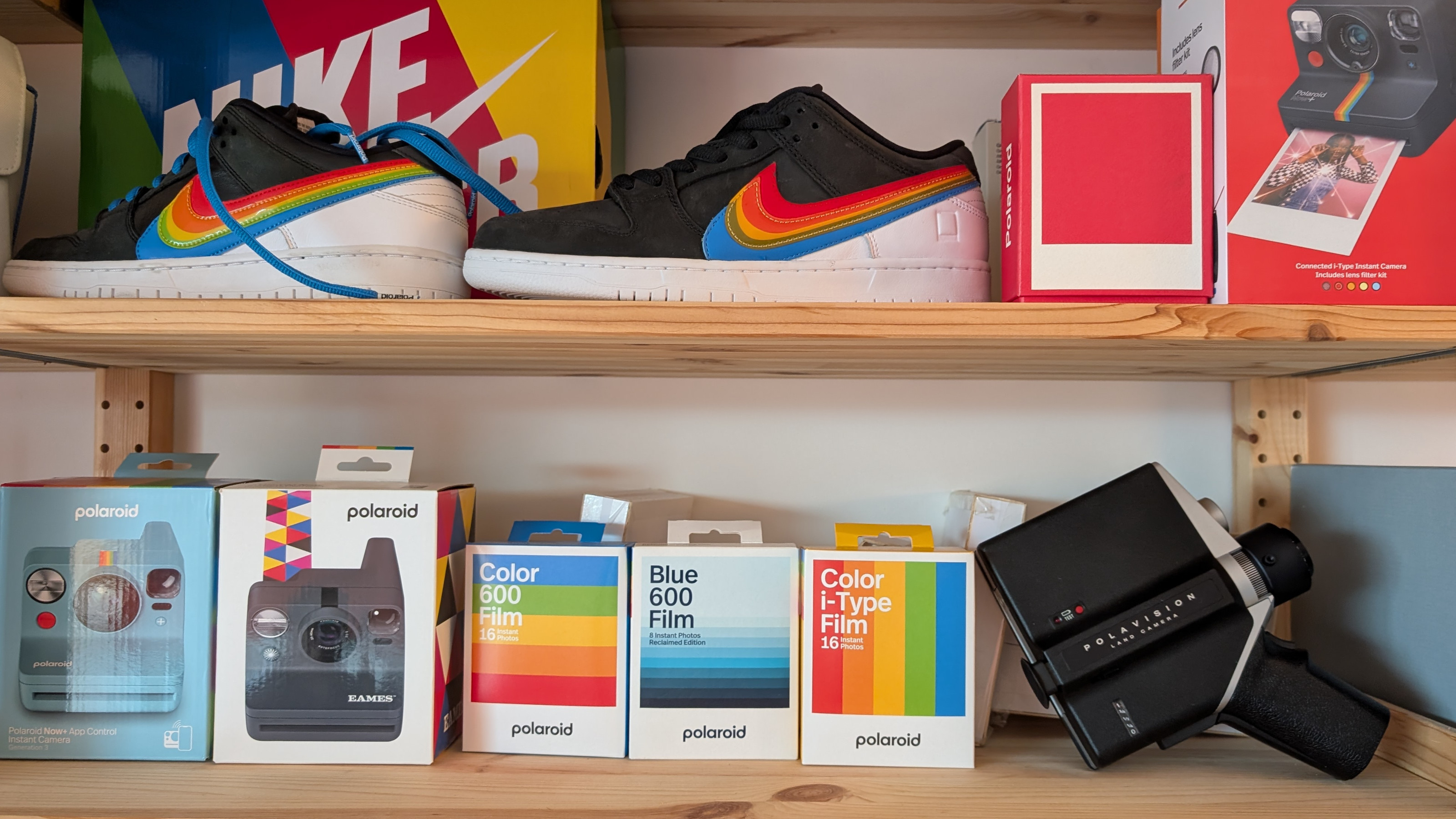
A Polavision camera (bottom right) alongside recent brand tie-ins
That spirit of invention is still very much alive in the new Polaroid Flip, The reborn company knows its limitations but also its strengths, and the Flip plays to these perfectly. We’d all benefit from taking a more considered approach to image making and the Flip is a fine way of making your photographs more meaningful once again.
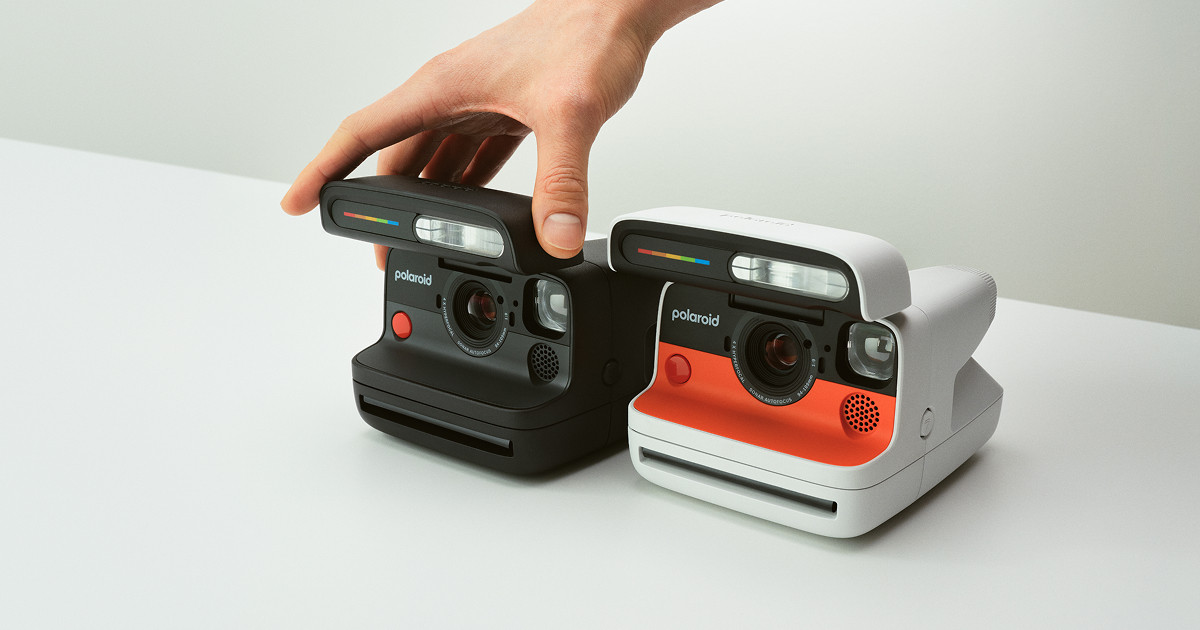
The new Polaroid Flip
Polaroid Flip, €219 / $200 / £200, Polaroid.com, @Polaroid
Jonathan Bell has written for Wallpaper* magazine since 1999, covering everything from architecture and transport design to books, tech and graphic design. He is now the magazine’s Transport and Technology Editor. Jonathan has written and edited 15 books, including Concept Car Design, 21st Century House, and The New Modern House. He is also the host of Wallpaper’s first podcast.
-
 ‘I’ve considered every single detail’: how Victoria Beckham designed the perfect make-up brush collection
‘I’ve considered every single detail’: how Victoria Beckham designed the perfect make-up brush collectionVictoria Beckham speaks to Wallpaper* about the meticulous design process behind her debut collection of make-up brushes, which perfectly treads a line between form and function
By Hannah Tindle
-
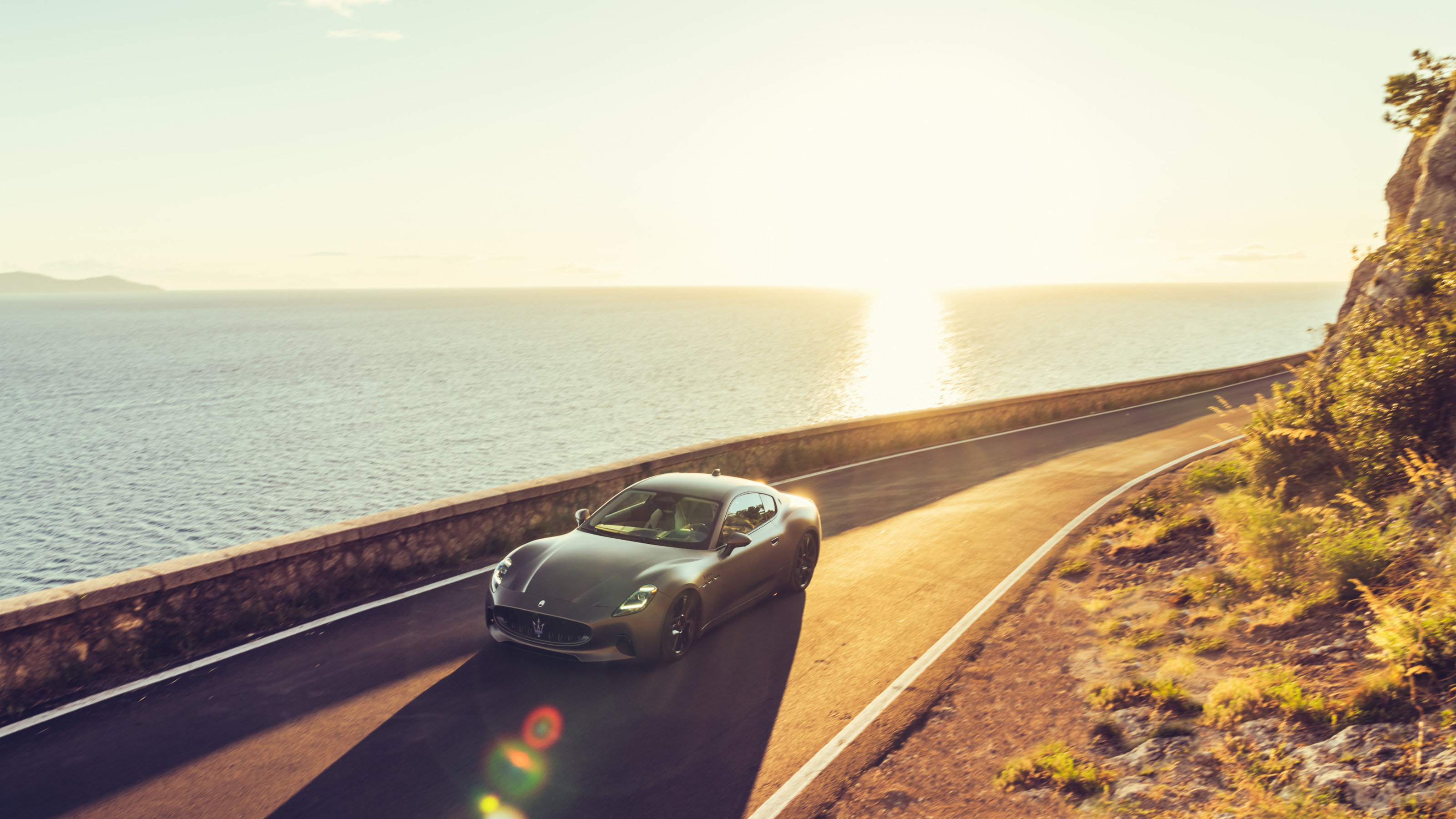 Can Maserati modernise or is the sun setting on one of Italy’s most beloved automotive brands?
Can Maserati modernise or is the sun setting on one of Italy’s most beloved automotive brands?Maserati’s GranTurismo Folgore is an epic electric grand tourer without equal. If only its traditionalist customers wanted it more
By Jonathan Bell
-
 Viviane Sassen considers fine art, fashion photography and fragility in Italy
Viviane Sassen considers fine art, fashion photography and fragility in ItalyViviane Sassen’s exhibition, 'This Body Made of Stardus' at Collezione Maramotti, spans two decades off Sassen's career
By Hili Perlson
-
 Could putting pen to reMarkable’s Paper Pro tablet make you more creative and less stressed?
Could putting pen to reMarkable’s Paper Pro tablet make you more creative and less stressed?Design Museum director Tim Marlow extols the power of ‘scribbling’, and is backed up by new research from reMarkable on the benefits of its paper tablet
By Simon Mills
-
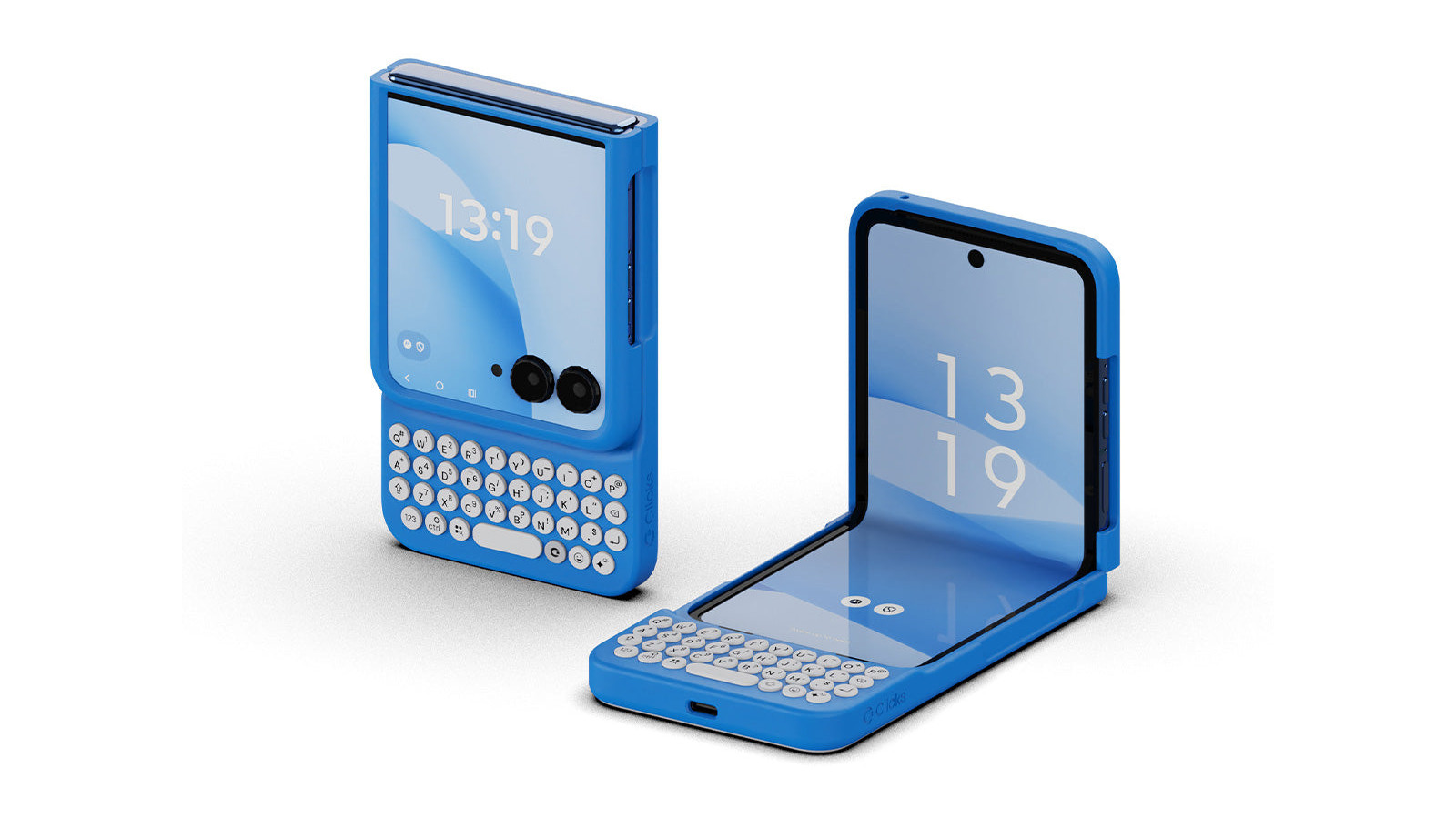 Clicks creates keyboard cases for iPhones – now they're also available for three Android flagships
Clicks creates keyboard cases for iPhones – now they're also available for three Android flagshipsSmartphones get a new lease of life with Clicks, which brings a Blackberry-style keyboard to today’s cutting-edge Apple and Android devices
By Jonathan Bell
-
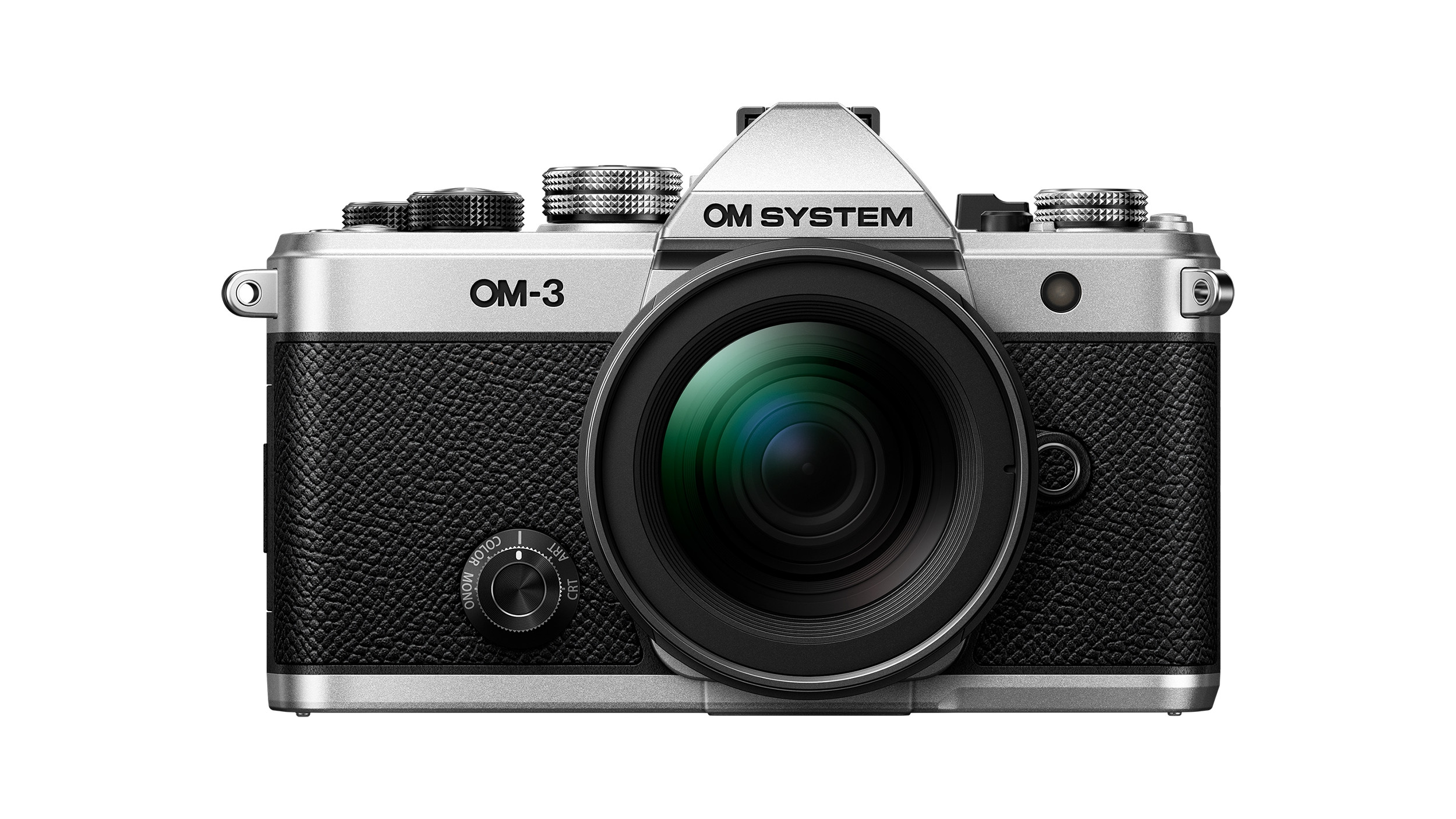 The OM System OM-3 camera blends heritage design with cutting-edge technology
The OM System OM-3 camera blends heritage design with cutting-edge technologyThe OM-3 from OM System is the newest must-have mirrorless camera design, classically styled and comprehensively equipped to create the ultimate contemporary digital camera
By Jonathan Bell
-
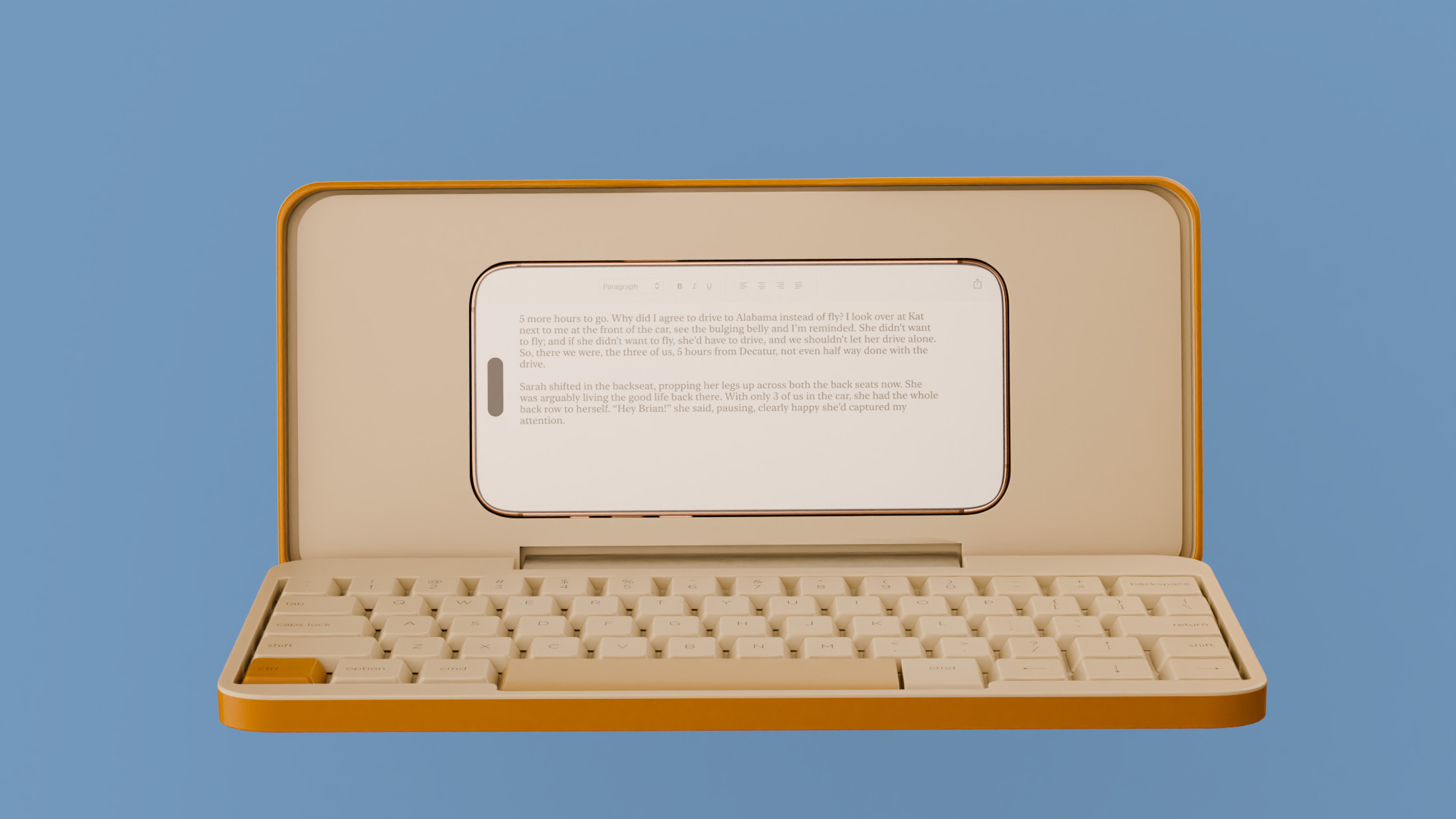 Type without the tyranny of distractions: eight new ways to get the words out
Type without the tyranny of distractions: eight new ways to get the words outLooking for a way to divert you from doom-scrolling? This selection of eight distraction-free typing devices will keep you offline and away from the socials to help you meet that deadline
By Jonathan Bell
-
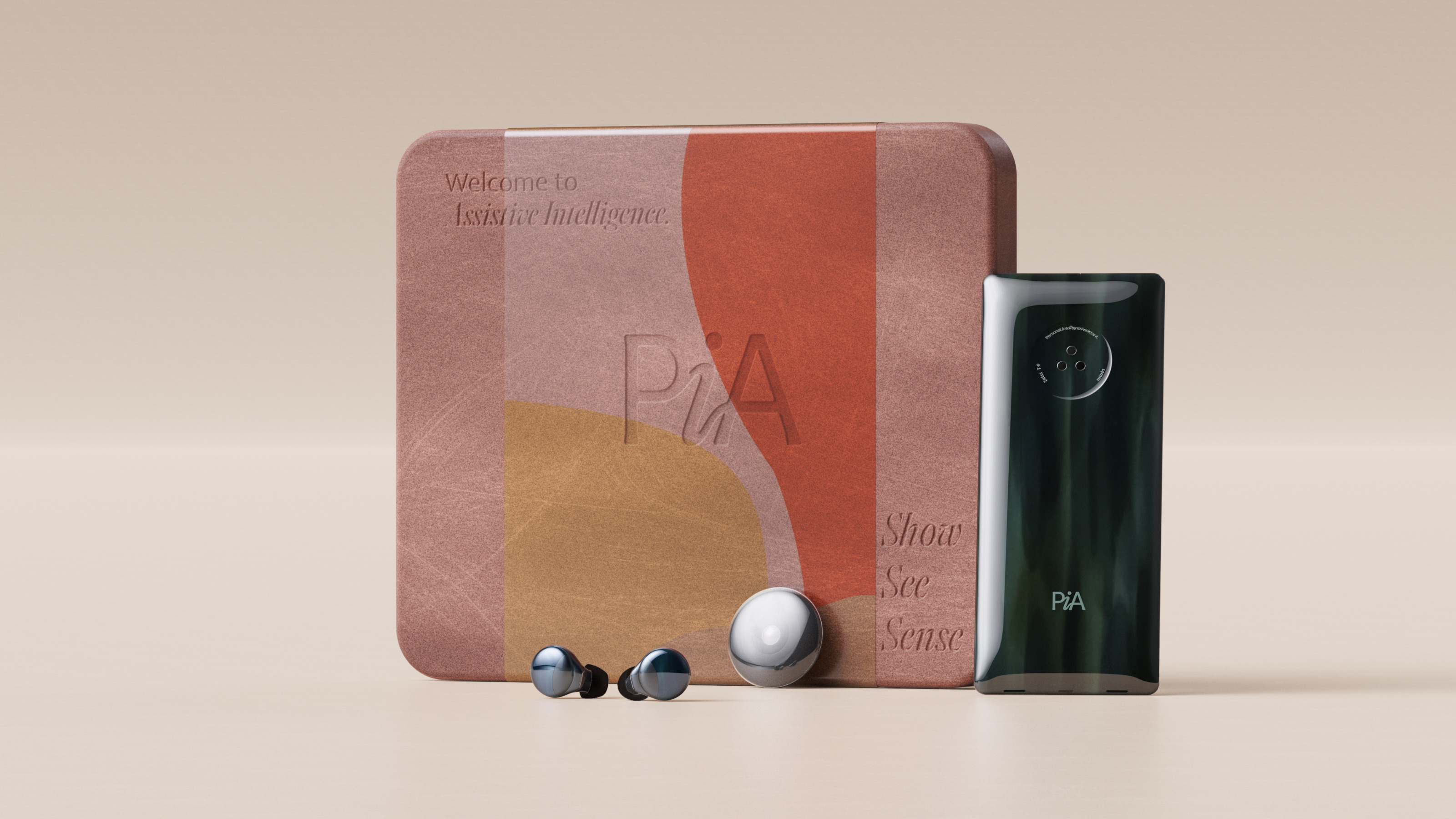 Layer conceptualises a next-gen AI-powered device: introducing the PiA
Layer conceptualises a next-gen AI-powered device: introducing the PiAPiA, the Personal Intelligent Assistant, is a conceptual vision of how AI might evolve to dovetail with familiar devices and form factors
By Jonathan Bell
-
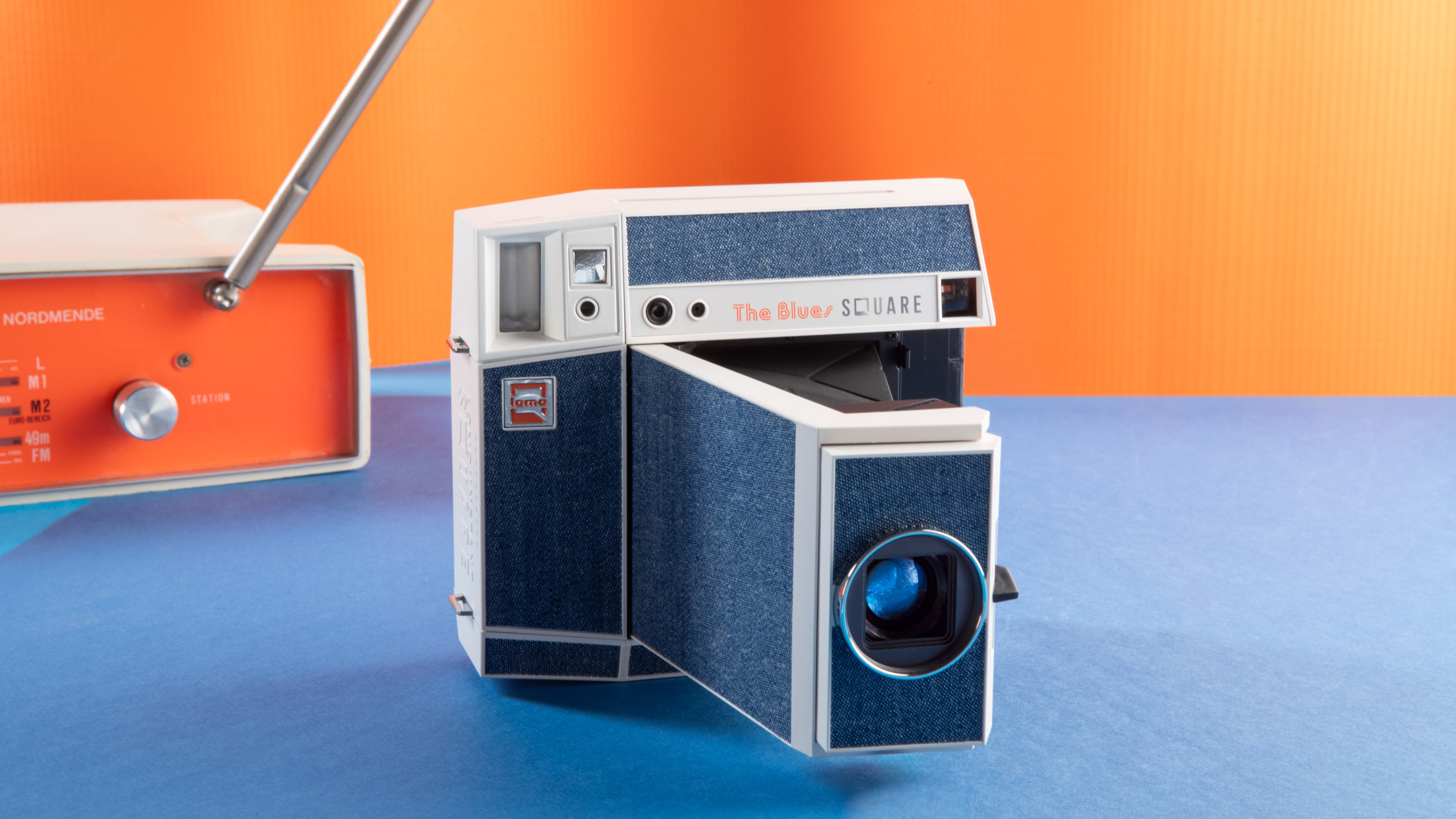 Point, shoot and process with Lomography’s two new colourful Instax camera editions
Point, shoot and process with Lomography’s two new colourful Instax camera editionsWith the Pemberley and The Blues editions, the Lomo’Instant Square Glass camera provides stylish and pocketable analogue photography
By Jonathan Bell
-
 We put the new ultra-compact Dyson Car+Boat handheld vacuum through its paces
We put the new ultra-compact Dyson Car+Boat handheld vacuum through its pacesA cordless handheld vacuum pitched at a plethora of tasks, Dyson has tasked the new Car+Boat with far-reaching functionality without compromising performance
By Jonathan Bell
-
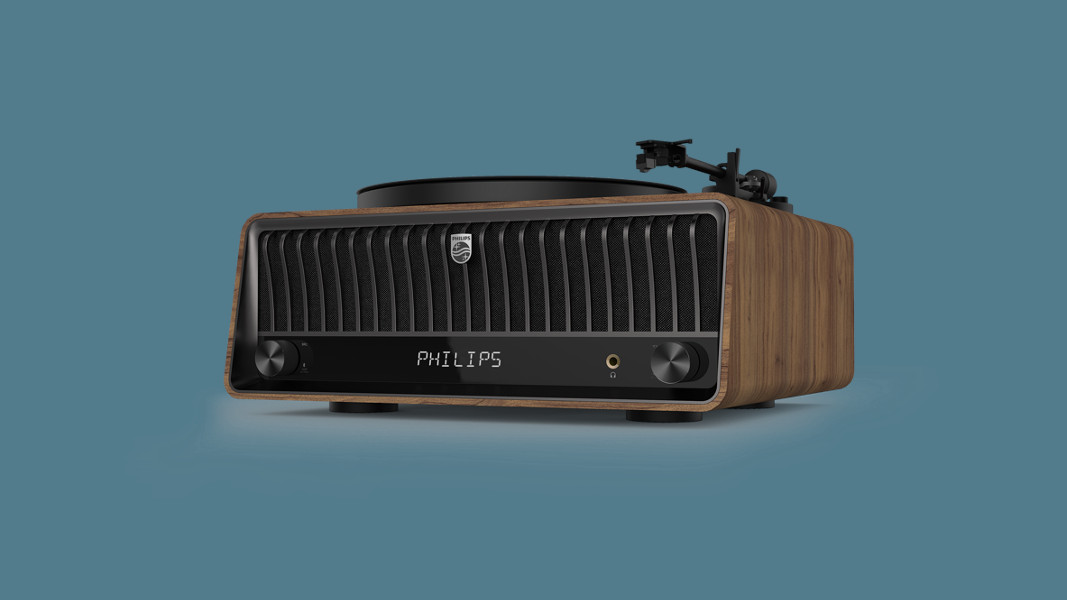 The Century Series, Philips goes retro to celebrate over 100 years of audio innovation
The Century Series, Philips goes retro to celebrate over 100 years of audio innovationDutch audio brand Philips has drawn on its extensive archive to shape the form of the five Century devices, all of which offer stylish ways to enjoy vinyl, radio and more
By Jonathan Bell